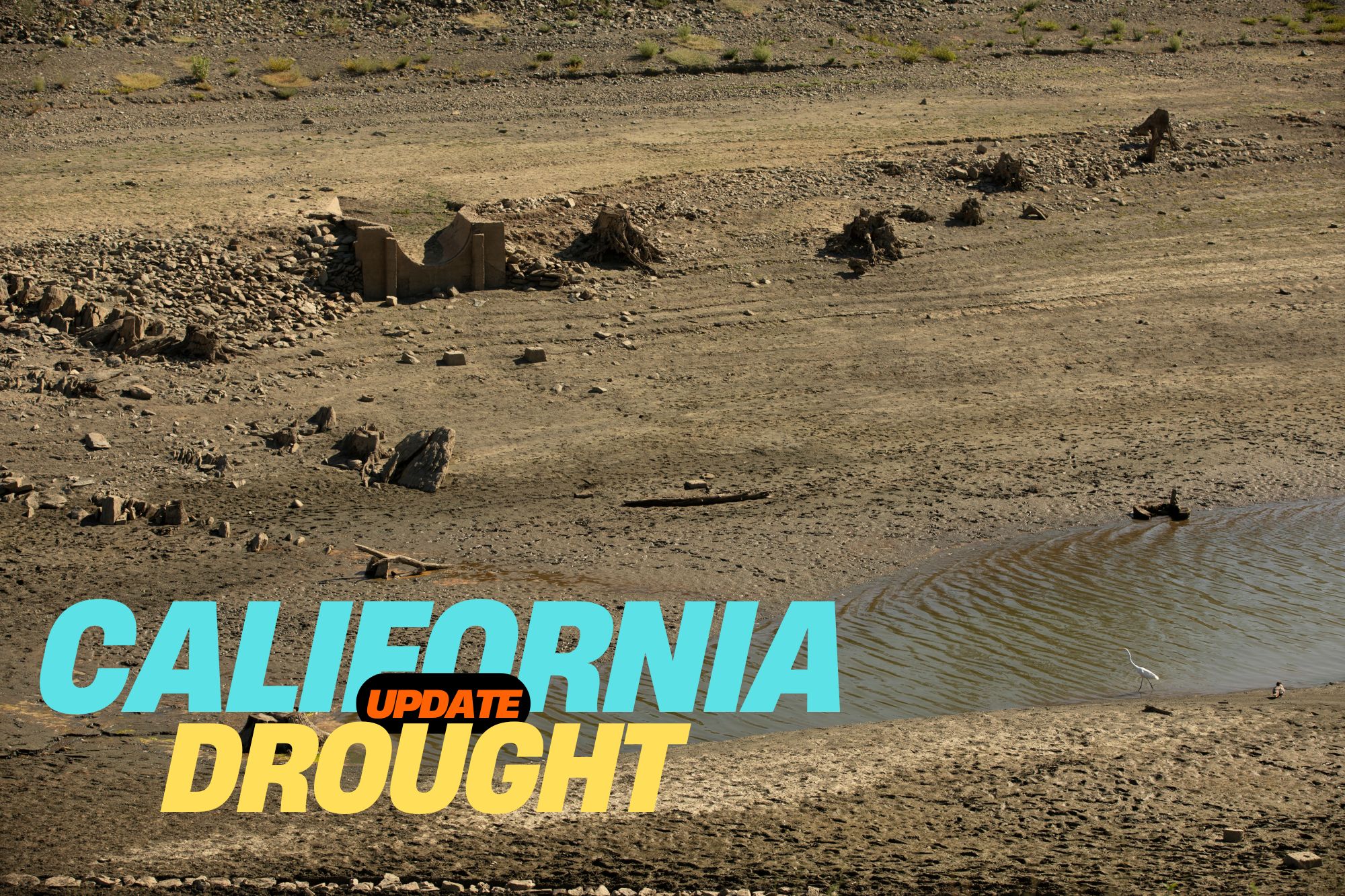Episode 12: Weather Data Should Be Free
In this urgent episode of the Weather Whys Podcast, we discuss NWS privatization and the critical understaffing of National Weather Service offices due to recent cuts influenced by Elon Musk and the Department of Government Efficiency. The episode explores the history and growth of private sector meteorology, including AccuWeather’s controversial role in monopolizing weather data, … Read more




